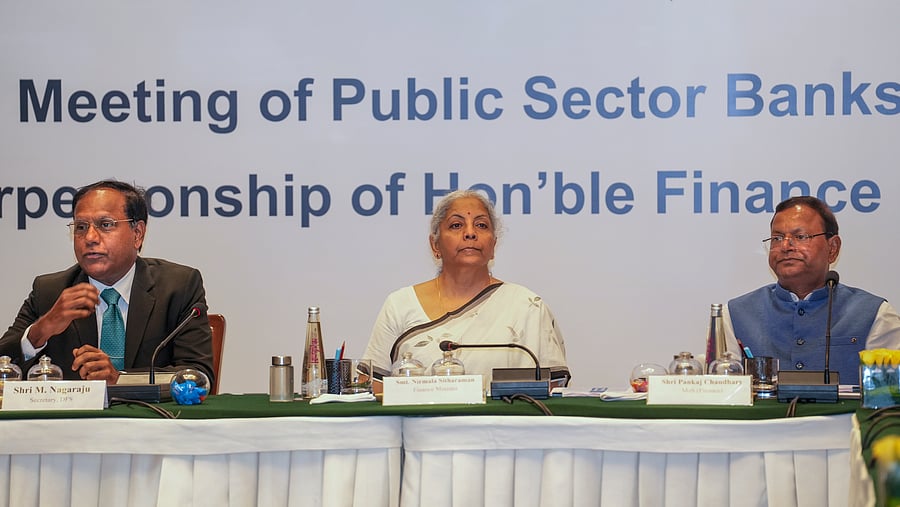
Credit: PTI Photo
New Delhi: Gross non-performing assets (NPAs) of public sector banks declined to 2.58 per cent in March 2025 from 9.11 per cent recorded in March 2021, a 6.53 percentage points decline in 4 years helped by “comprehensive measures” taken by the government and the Reserve Bank of India (RBI), Union Finance Ministry informed parliament on Tuesday.
The gross NPA of the government-run banks stood at Rs 6.16 lakh crore as on March 31, 2021, which was 9.11 per cent of the total advances.
This has declined consistently both in absolute and percentage terms over the past four years. The gross NPA declined to Rs 5.41 lakh crore or 7.28 per cent at the end of March 2022. It fell to Rs 4.28 lakh crore 4.97 per cent in March 2023 and further to Rs 3.39 lakh crore 3.47 per cent as of March 31, 2024.
The gross NPA of the public sector banks stood at Rs 2.83 lakh crore or 2.58 per cent of the total advances as of March 31, 2025, as per data shared by Union Minister of State for Finance Pankaj Chaudhary in written reply to a question in Rajya Sabha.
Gross NPA (Gross Non-Performing Assets) refers to the total amount of a bank's loans and advances that have stopped generating income due to non-repayment by borrowers. As per the RBI guidelines, advance or loan that is overdue for more than 90 days are classified as NPA.
Chaudhary informed the parliament that the government and the parliament have taken a series of measures to help public sector banks recover the bad debt.
Public sector banks have set-up specialised stressed assets management verticals and branches for effective monitoring and focused follow-up of NPA accounts, which facilitates quicker and improved resolution/ recoveries, the minister said.
“Deployment of Business correspondents and adoption of feet-on-street model have also boosted the recovery trajectory of NPAs in banks,” he added.
Asset quality of private sector banks remains much better than the government-run lenders.
As per a report on “outlook for Indian banks” released on Tuesday by CreditSights, a division of Fitch Group, the recent macro developments have been positive in India which augurs well for the banking system.
“We see the Indian banks continuing to perform well with improved liquidity and lower rates supporting both asset quality and loan growth in FY26; the rate cuts are also a boost for treasury income which has come through strongly in Q1,” it said.
Loan growth however has been off to a slow start and is slightly challenged for the sector, given stress in unsecured retail, fierce competition in mortgages from public sector banks and global uncertainties and trade tariffs holding back private capex borrowing.